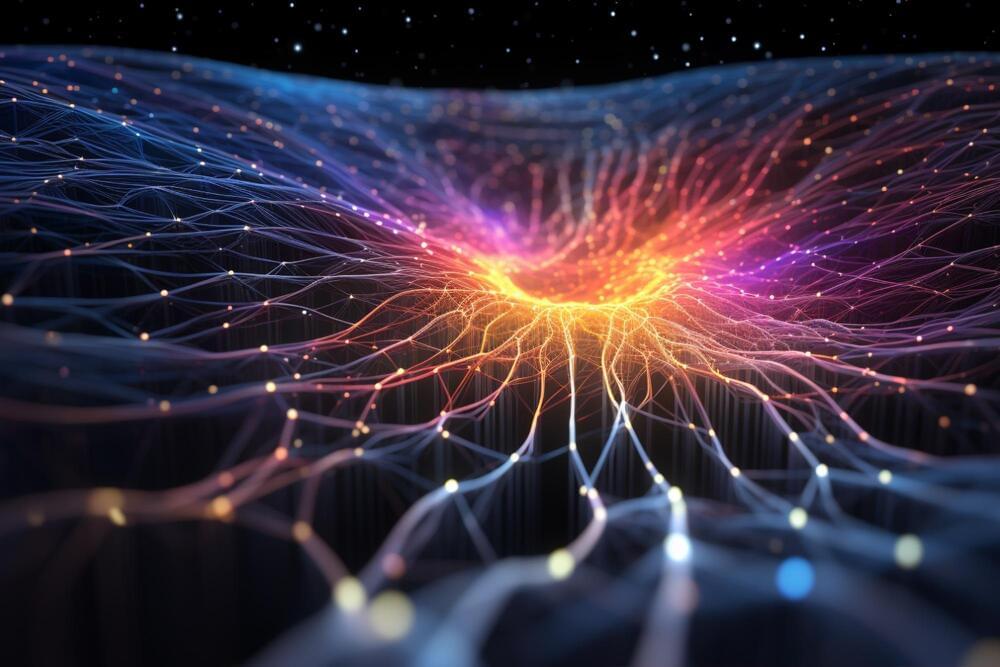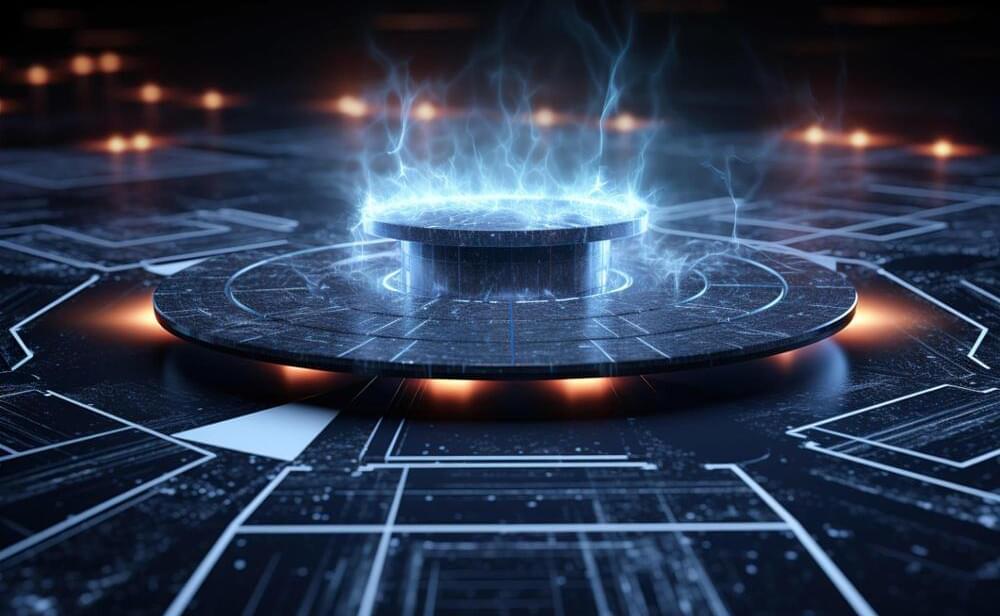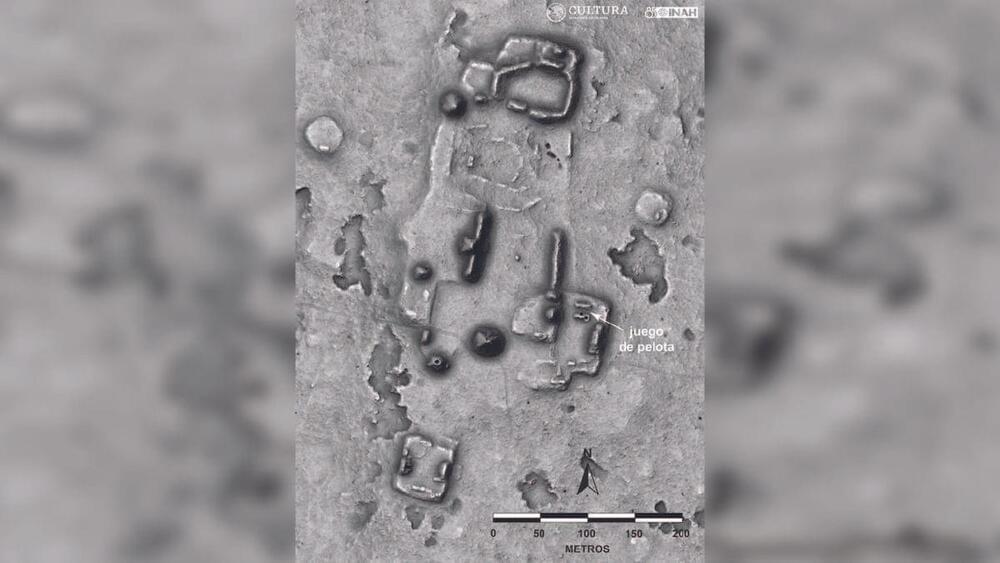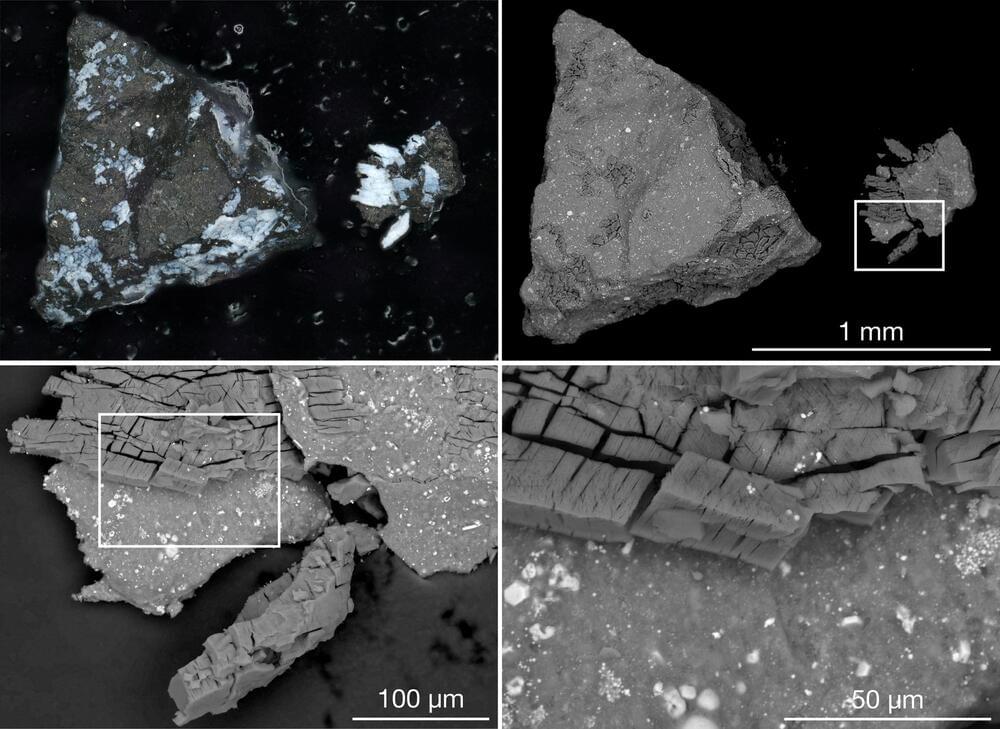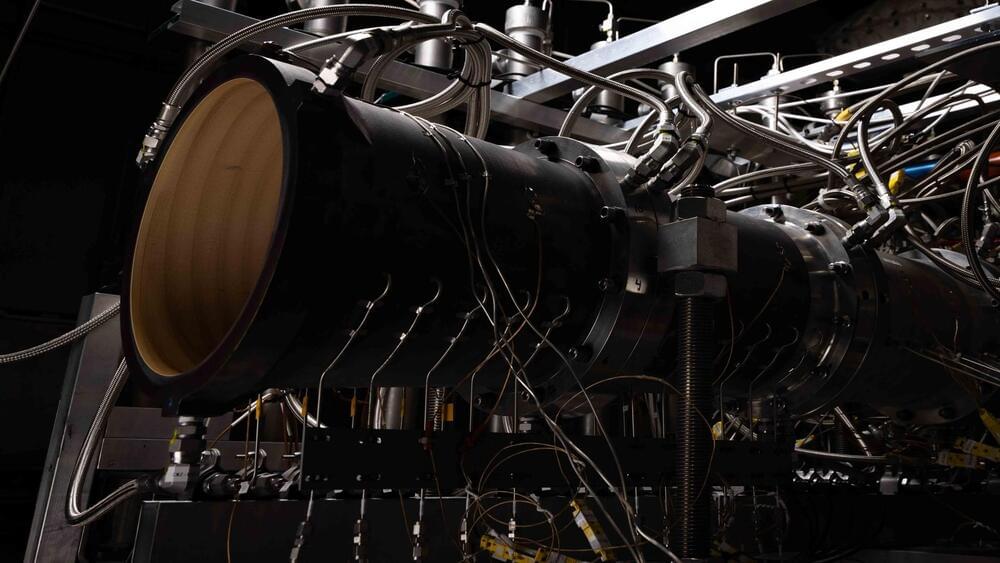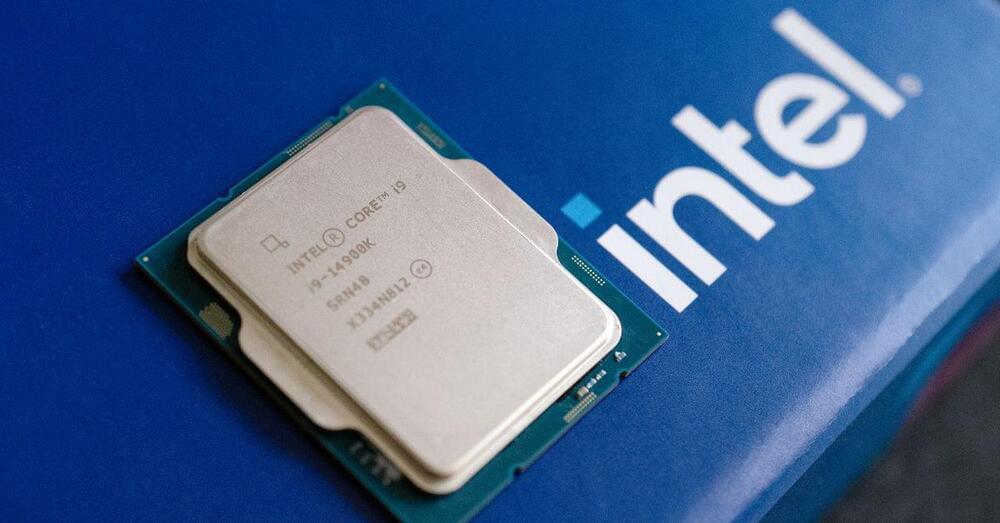Jul 14, 2024
Quantum Revelations: Unveiling New Layers of the Higgs Boson
Posted by Saúl Morales Rodriguéz in categories: particle physics, quantum physics
New research confirms the Standard Model’s predictions about the Higgs boson while suggesting future data may reveal unknown aspects of particle physics.
The Higgs boson was discovered in the detectors of the Large Hadron Collider a dozen or so years ago. It has proved to be a particle so difficult to produce and observe that, despite the passage of time, its properties are still not known with satisfactory accuracy. Now we know a little more about its origin, thanks to the just-published achievement of an international group of theoretical physicists with the participation of the Institute of Nuclear Physics of the Polish Academy of Sciences.
Higgs Boson Discovery

